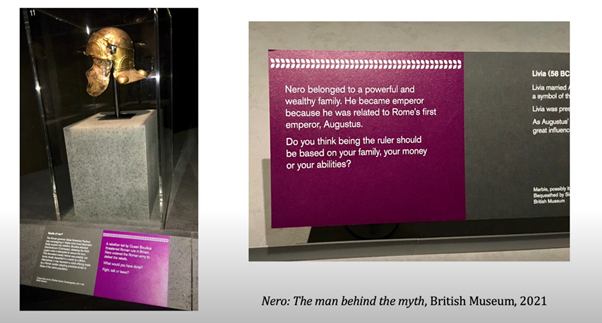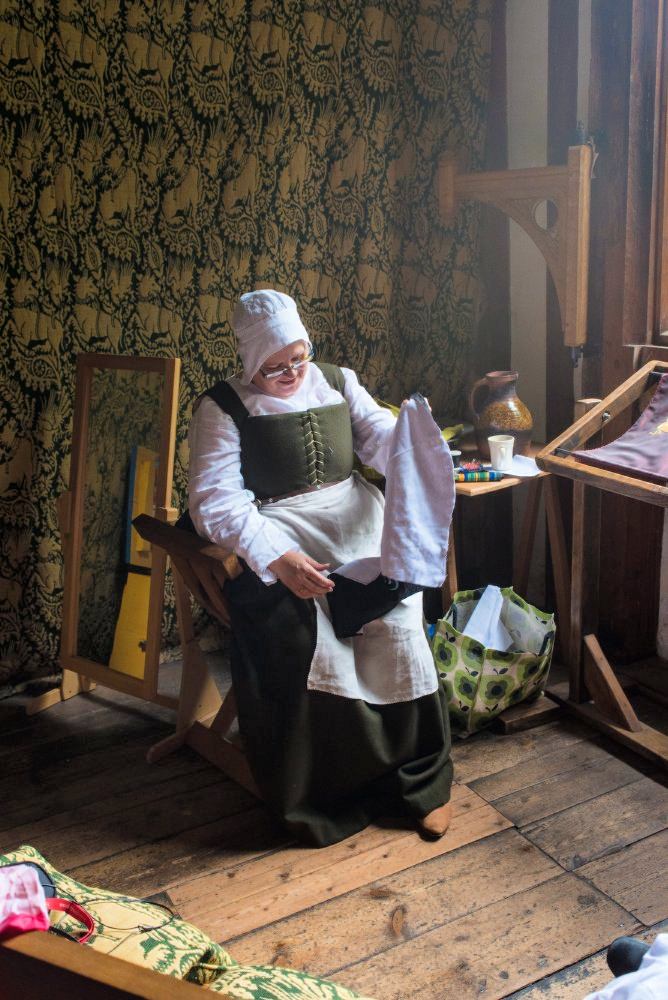George E. Hein chapter is a real eye-opener about the role of museums, and the changes that occurred during the years for the museums to ultimately fulfil their roles, that is to educate, but not just that – they have also a social responsibility amongst other things.
Personally, what struck me most from this chapter are:
1. the way in which Hein illustrated the changes in the role of museums over time
2. how the educational experience through museums evolved through various theories
3. the way museum visitors can learn through their experience
The way a museum can apply the constructivist theory is very engaging, as “it matches the informal, voluntary nature of most learning associated with museums”. This informal education aspect of museums has been discussed in class, and I believe should form the basis of every museum experience.
The educational aspect of the museum remains a fundamental objective, but Hein goes further, and puts forward the issue of distinguishing between “learning” and “educate”, which I think is very important. As Ansbacher explained, learning is too restrictive a term for describing museum experience, but the experience should include enjoyment, satisfaction, and other outcomes – “meaningful experience” rather than “defined content outcome”.
Through the constructivist theory or concept, this meaningful experience can only be achieved by the visitor through the combination of the museum objects themselves and the way they are presented, together with the personal experiences of the visitor, his/her cultural background, and other personal reasons.
Indeed this lack of connection between the objects on display and the personal experience of the visitor is often found in a number of museums, were visitors are left to look at artefacts and their explanation on display boards, without the museum ever attempting either to reach for the visitor’s personal experience or give the visitor any opportunity to express one’s opinion or ideas.
From my personal experience in visiting museums, very often I find myself looking at artefacts just for what they are – a sword, a gothic painting with a Madonna and child, a clay jug, etc. In such cases, there is no attempt whatsoever by museums to go beyond the explanation, and in the end, I would leave the museum neither any wiser nor in anyway entertained with my experience, which is soon forgotten, with only photographs to serve as a reminder.
On the contrary, I very much remember the learning experience we had when visiting the Deutsches Museum in Munich (a visit that happened completely unplanned to make up for a very wet, cold and rainy day in October), even though this happened more than ten years ago. The museum not just presented the objects to the visitor, but allowed the visitor to get one’s hands dirty and try out most of the artefacts. We were given a first-hand experience in understanding such concepts as aircraft lift, thrust and drag, how water was transported via Archimedes screw, and the effects on the wind on chain bridges, amongst a lot of other things.
Today this kindly of learning experience is being much more sought after by visitors, and in these last few years museums have done a lot to change the way they present themselves. If museums want to retain their relevance in society, the focus has to change on the visitors’ experience.

